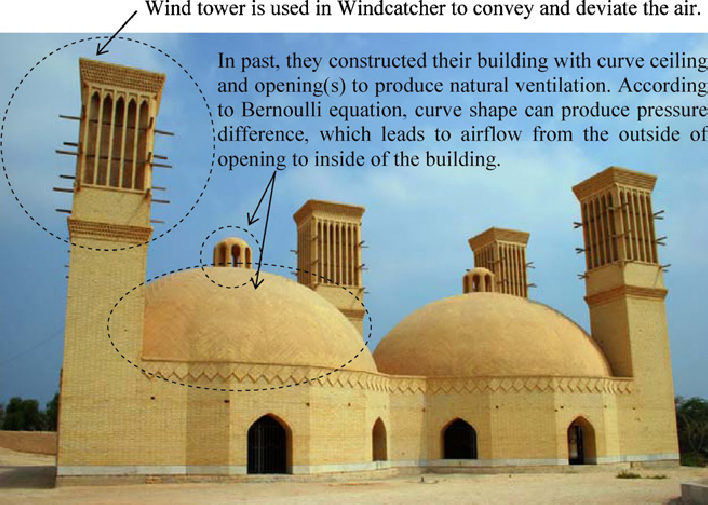As originally shared on Freethink, the end of summer doesn’t mean the end of rising temperatures. July 2021 marked the hottest month ever recorded, and the trend suggests it will only get hotter. With air conditioning being the go-to solution for many, it’s essential to consider other cooling methods to reduce our reliance on energy-intensive systems.

Ancient Solutions for Modern Problems
Historical societies, from Ancient Egypt to the Persian Empire, developed ingenious ways to stay cool long before the advent of air conditioning. One such innovation, the “wind catcher,” could offer a sustainable alternative to modern cooling systems.
The Growing Heat Problem
Currently, 87% of U.S. homes use air conditioners, which consume 12% of residential energy. Air conditioners not only rely on fossil fuels but also use refrigerants that can be significant greenhouse gases if they leak. Moreover, these systems expel heat outside, exacerbating the urban heat island effect. As temperatures rise, so does our dependence on air conditioning, creating a vicious cycle of increased energy consumption and warming.
Innovative Cooling Solutions
To address this escalating issue, innovators are exploring various strategies. From apps that help users find shaded routes to next-gen cooling technologies like cooling paper, the quest for efficient cooling methods is diverse and dynamic.

Lessons from the Past
Despite the increasing prevalence of heatwaves, many regions have always dealt with extreme heat. The Iranian Plateau, for example, has long utilized “wind catchers” or bâdgirs, which are now drawing interest from engineers and architects worldwide. These structures, commonly found as rectangular towers above rooftops, naturally cool buildings without electricity, offering an eco-friendly solution.

How Wind Catchers Work
Wind catchers are tall, chimney-like structures that channel cool wind into buildings. Their design varies according to local wind patterns and temperatures. The simplest forms face prevailing winds to enable natural ventilation, while more complex versions incorporate features like filters, passive cooling through water, and multiple openings to adapt to different wind directions. Research from Weber State University highlights that these systems were refined over time to achieve refrigeration-like temperatures.
Design considerations for wind catchers include the building’s layout and internal components to maximize the intake of cool air and expulsion of hot air.

The Potential Revival of Wind Catchers
Parham Kheirkhah Sangdeh, a researcher at Ilam University in Iran, studies the application of wind catchers in modern architecture. He notes that cultural shifts and practical concerns like pests and debris led to the decline of traditional wind catchers in favor of Western technologies. However, he emphasizes the need for a cultural shift to appreciate the importance of energy conservation and the benefits of these ancient technologies.
While traditional wind catchers are not widely used today, their principles are inspiring modern applications. Free Running Buildings, a start-up in the U.K., is developing products based on wind catcher technology, such as the “FREECOOL” system, which will be featured at the Khalifa International Stadium in Qatar for the 2022 FIFA World Cup. Other examples include a wind tower at the Kensington Oval stadium in Barbados, a wind catcher at Zion National Park’s visitor center in Utah, and innovative designs like the recycled cardboard wind tower by MAS Architecture Studio in Dubai.
These examples demonstrate the potential of integrating ancient wisdom with contemporary needs to create sustainable, efficient cooling solutions for the future.
